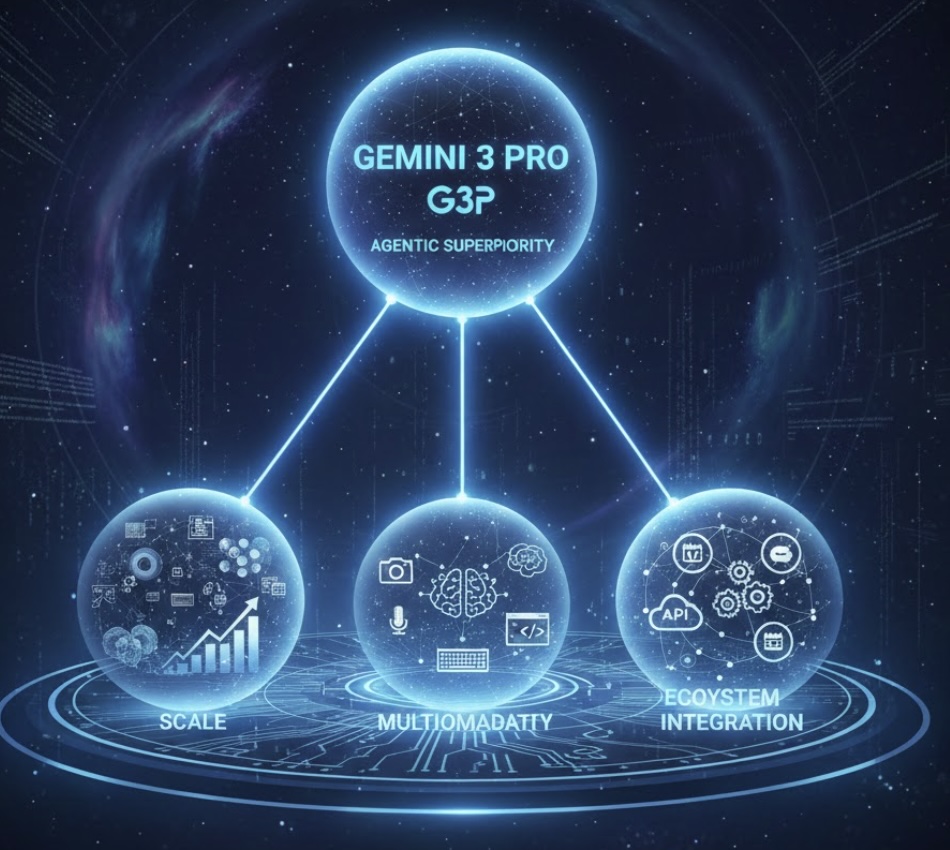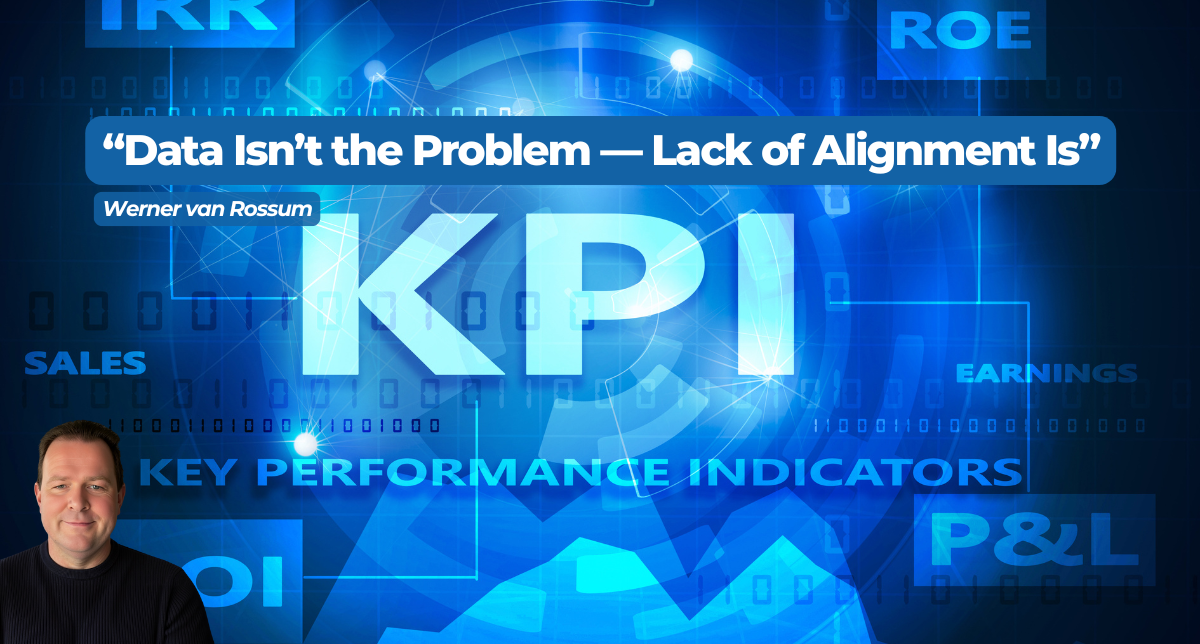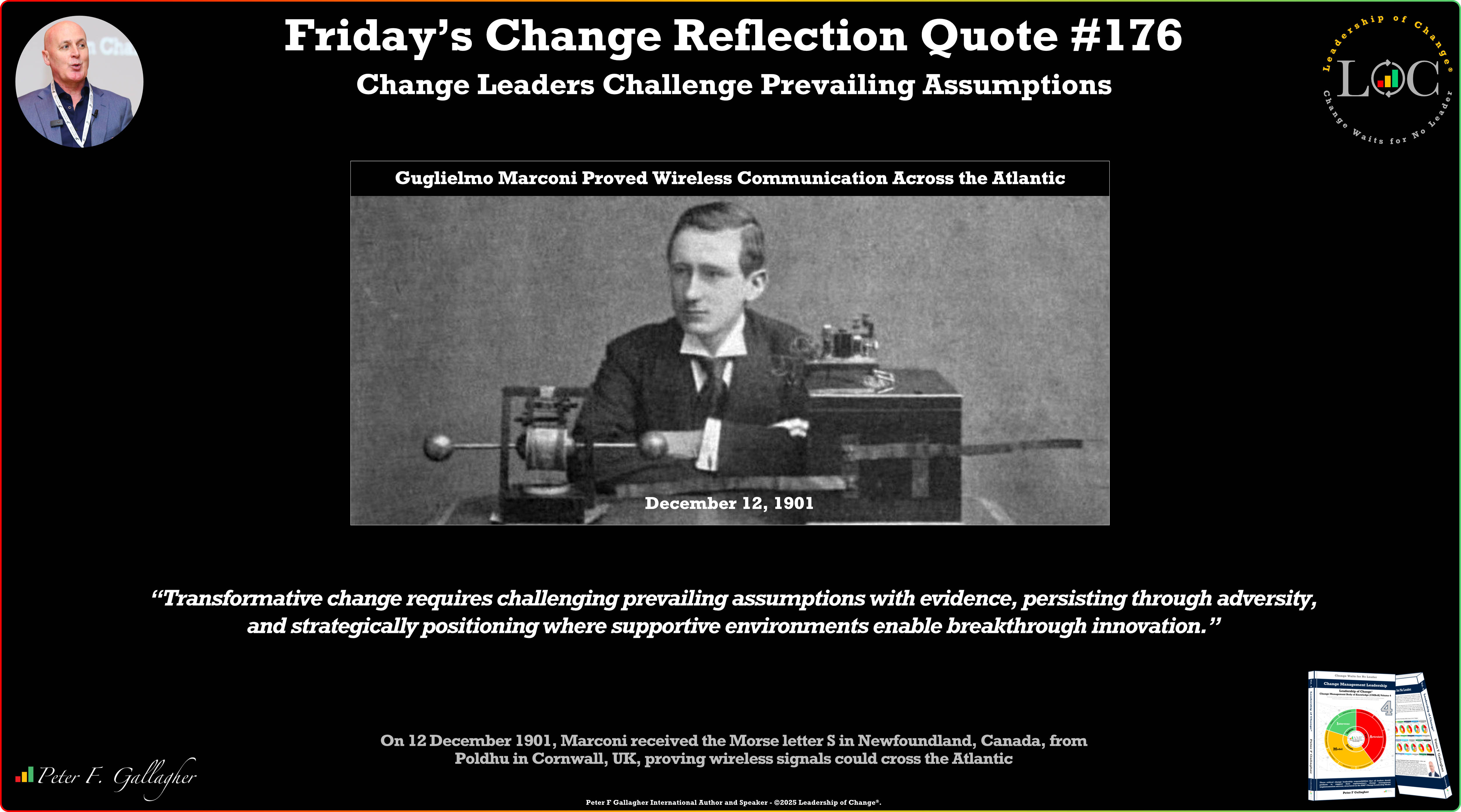Sep17

In today's interconnected world, the sustainability of our supply chains has never been more critical. With the European Union Deforestation Regulation (EUDR) coming into effect, businesses are facing new challenges and opportunities in ensuring their operations are both environmentally responsible and legally compliant.
The EUDR aims to combat global deforestation by prohibiting the import of certain commodities into the EU if they are linked to deforestation occurring after 31 December 2020. This legislation affects a range of goods, including palm oil, soy, beef, wood, coffee, cocoa, and rubber. According to the European Commission, the EU is responsible for about 10% of global forest destruction through its consumption of these commodities. The EUDR represents a significant step towards reducing this impact.
However, compliance with the EUDR is no small feat. It demands that companies have detailed knowledge of their supply chains, right down to the specific plots of land where raw materials are produced. This level of traceability is unprecedented and poses substantial challenges, particularly for large companies with complex, global supply networks.
One of the key insights from my recent conversation with John Atkinson, Chief Product Officer at LiveEO, is the indispensable role of accurate data in meeting these challenges. LiveEO leverages satellite imagery and advanced machine learning to monitor deforestation with high precision. This technology enables companies to verify the compliance of their supply chains by providing up-to-date, accurate information about land use changes.
Inaccurate data can lead to false positives, wrongly identifying compliant suppliers as non-compliant. This not only disrupts supply chains but also unfairly penalises suppliers who are adhering to sustainable practices. For example, a study by Global Canopy found that over 40% of companies assessed were at risk of inadvertently violating deforestation regulations due to insufficient supply chain visibility.
Accurate data helps companies avoid these pitfalls by ensuring they have reliable information about their suppliers. By utilising high-resolution satellite imagery, businesses can monitor deforestation in near real-time, allowing them to address issues proactively. This capability is crucial, given that the World Wildlife Fund estimates that we lose 18.7 million acres of forests annually—equivalent to 27 football fields every minute.
Moreover, accurate data enhances supply chain resilience. In an era where consumers and regulators alike demand transparency and sustainability, companies that invest in precise monitoring are better positioned to maintain market access and consumer trust. They can also respond more effectively to disruptions, whether regulatory, environmental, or geopolitical.
Our discussion also highlighted the broader significance of integrating sustainability into core business operations. It's not merely about compliance; it's about strategic positioning in a world that increasingly values environmental stewardship. Companies that lead in this area can gain a competitive advantage, access new markets, and build stronger relationships with stakeholders.
The EUDR serves as a catalyst for this shift, compelling businesses to adopt more sustainable practices. While the initial adjustments may be challenging, the long-term benefits include not only environmental preservation but also improved operational efficiency and risk management.
The importance of accurate data in EUDR compliance and supply chain resilience cannot be overstated. It's the foundation upon which companies can build sustainable, transparent, and robust supply chains that meet regulatory requirements and societal expectations.
If you'd like to delve deeper into this topic, I encourage you to listen to the full episode of the Sustainable Supply Chain podcast featuring John Atkinson. We explore these issues in greater detail and discuss practical strategies for businesses navigating this new landscape.
Photo credit The Center for International Forestry Research and World Agroforestry (CIFOR-ICRAF) on Flickr
This article was originally published on TomRaftery.com
By Tom Raftery
Keywords: AI, Supply Chain, Sustainability
 The Agentic Superiority of Gemini 3 Pro: Scale, Multimodality, and Ecosystem Integration
The Agentic Superiority of Gemini 3 Pro: Scale, Multimodality, and Ecosystem Integration Data Isn’t the Problem. Alignment Is.
Data Isn’t the Problem. Alignment Is. Friday’s Change Reflection Quote - Leadership of Change - Change Leaders Challenge Prevailing Assumptions
Friday’s Change Reflection Quote - Leadership of Change - Change Leaders Challenge Prevailing Assumptions The Corix Partners Friday Reading List - December 12, 2025
The Corix Partners Friday Reading List - December 12, 2025 Measuring the True ROI of Automated Claims Processes: Beyond Speed and Cost
Measuring the True ROI of Automated Claims Processes: Beyond Speed and Cost